Turillo and the others: A trip through the Stazione Zoologica in Naples
Salvatore Lo Bianco, known as Turillo, was the son of the doorman at Palazzo Torlonia, a noble building located in Mergellina, where Anton Dohrn lived. Every morning his father, uncertain about his son's future, begged the illustrious German scientist to take him to work with him. Turillo was a street urchin of vivacious intelligence. He wanted to work; he could read and write just enough-at 14 years of age in 1874-to cross the threshold of the white building, which at that time was lapped by the waters of the sea, not far away from the land requalified for the future Via Caracciolo.
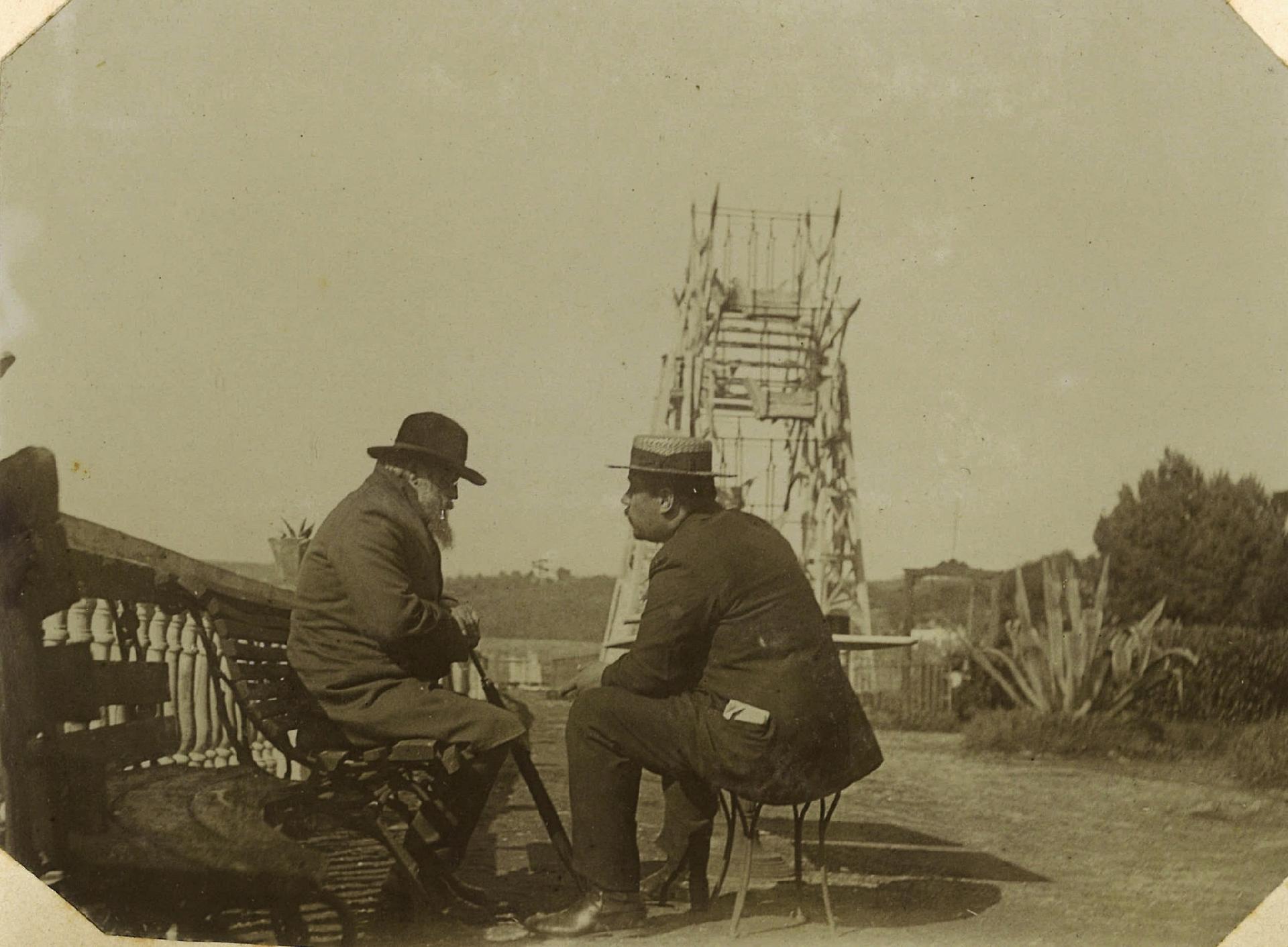
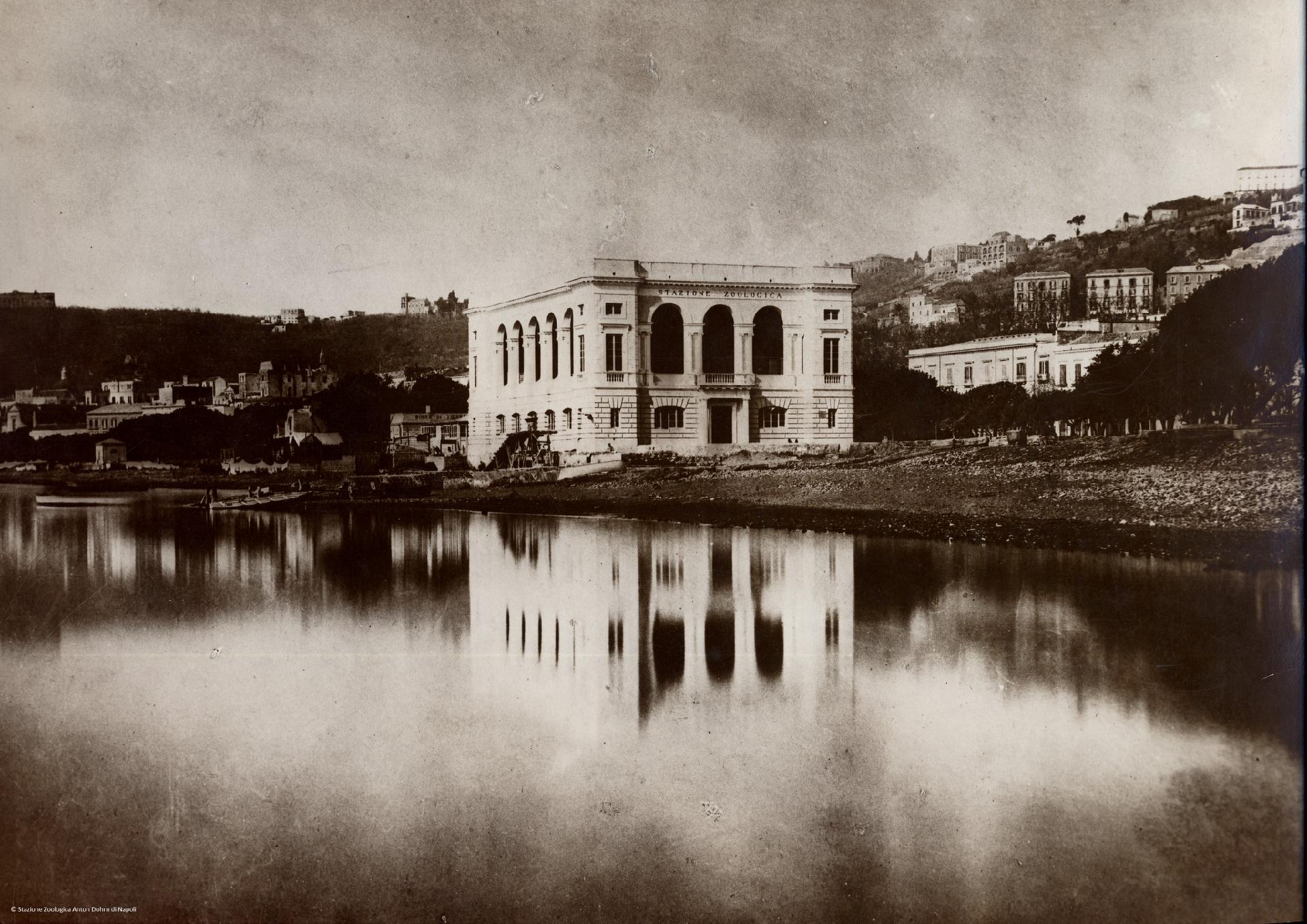


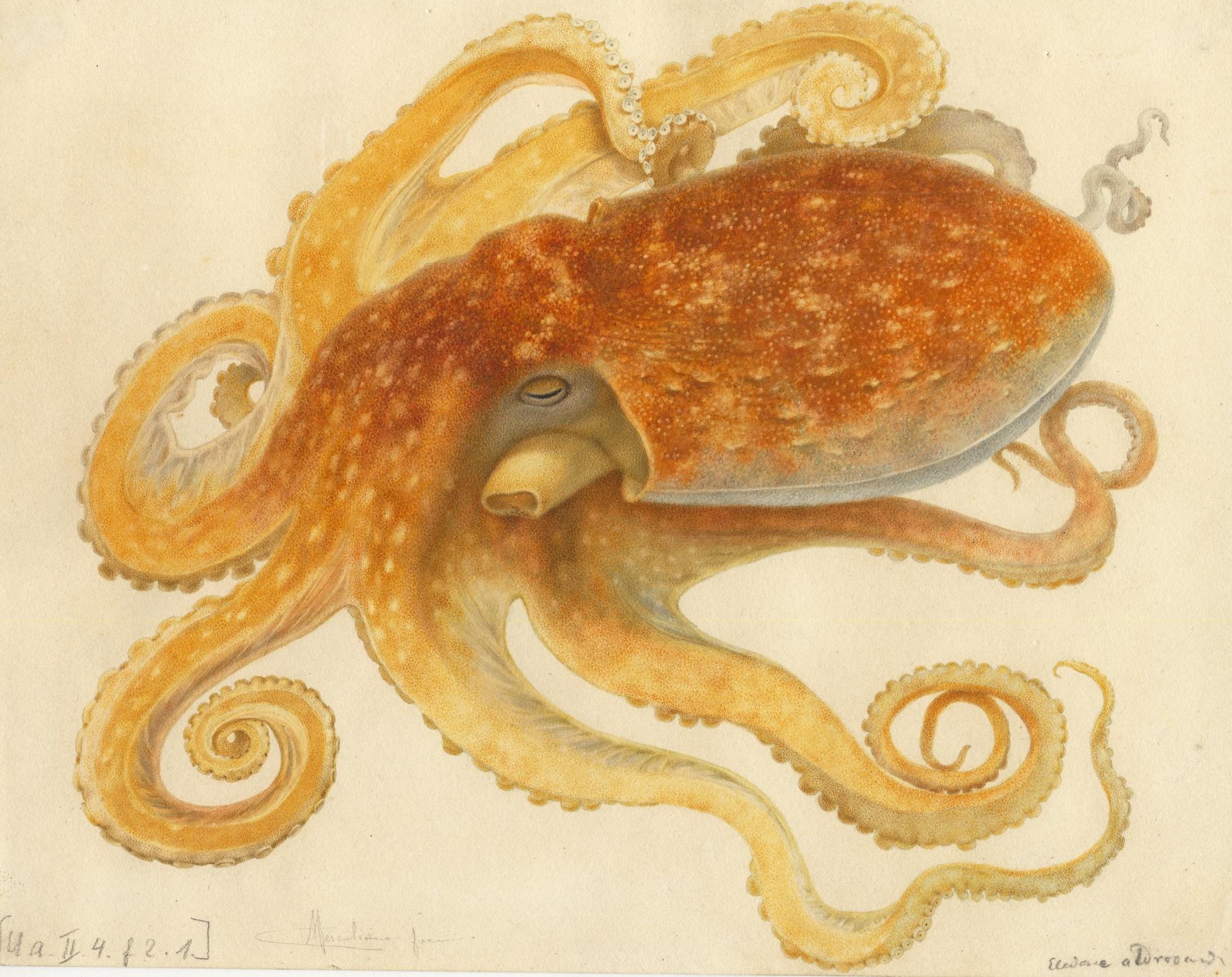

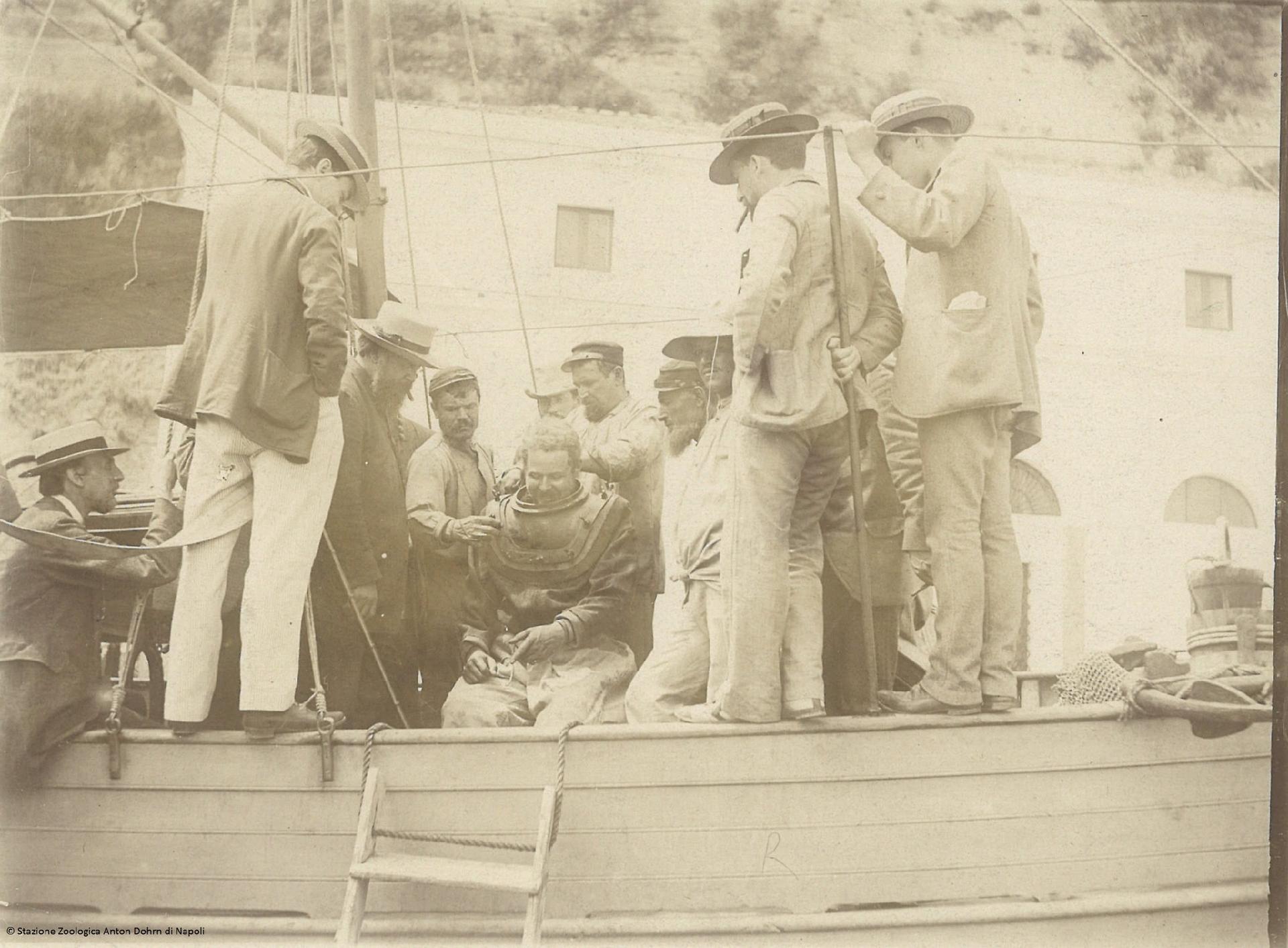
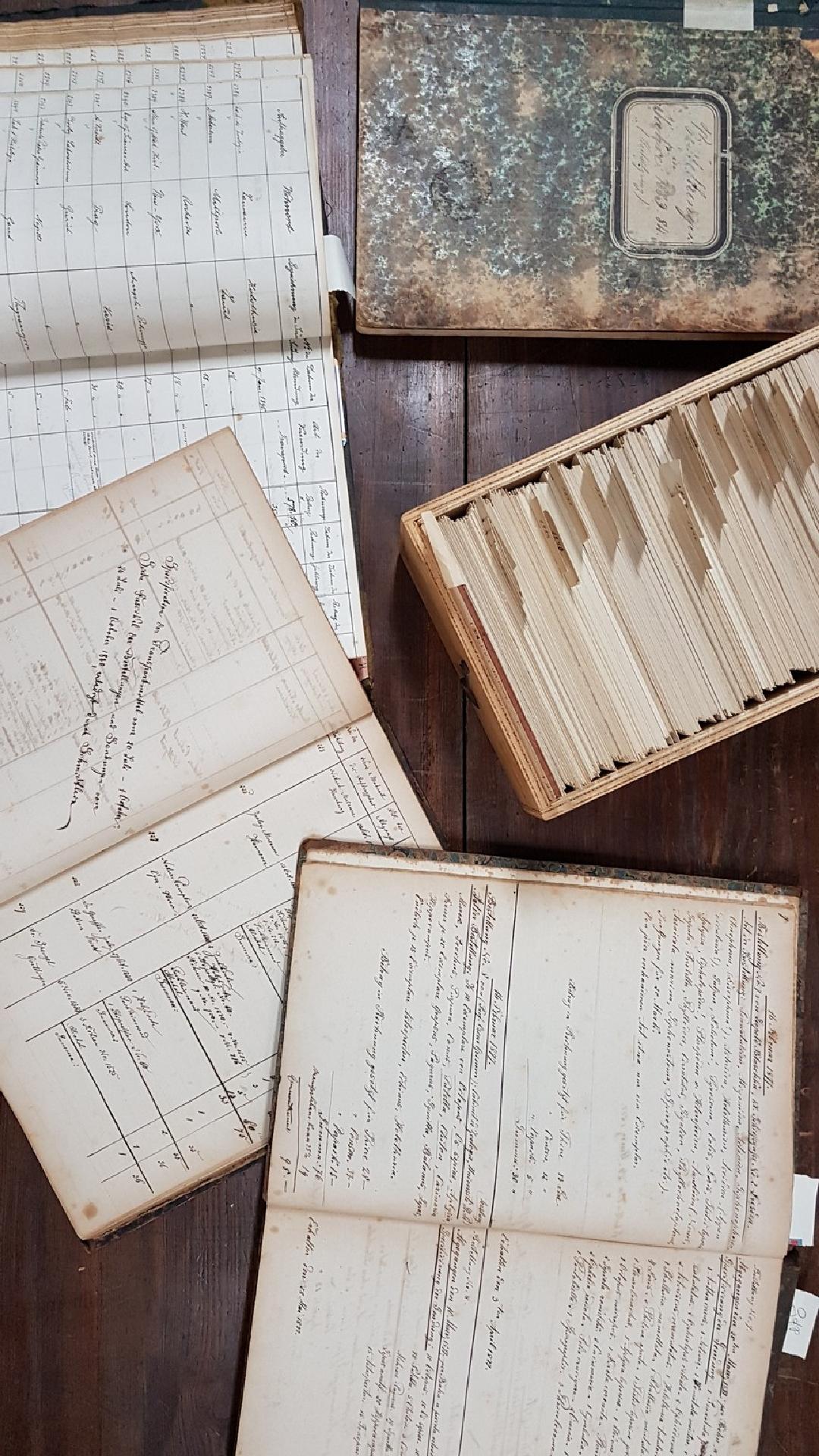
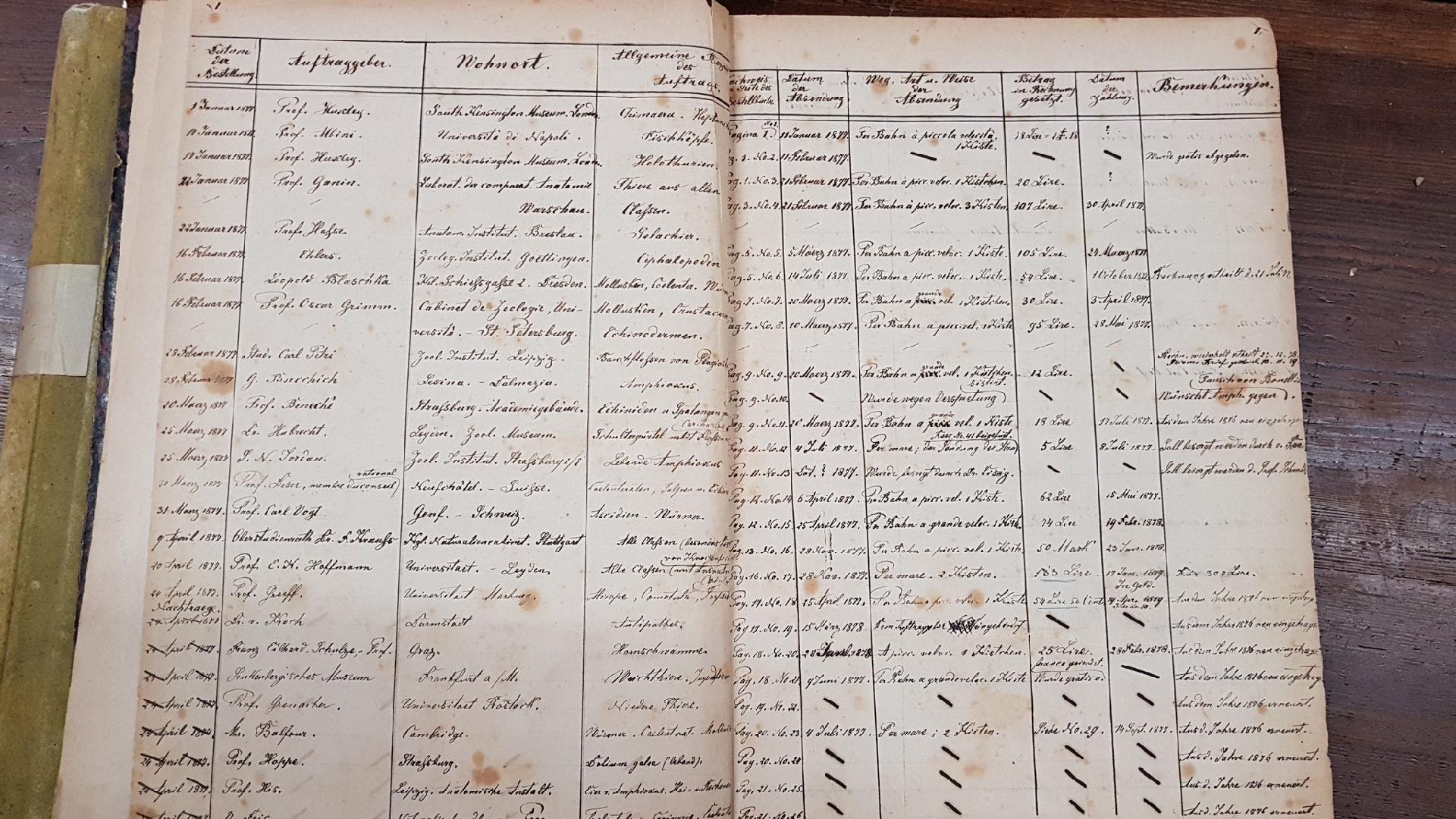
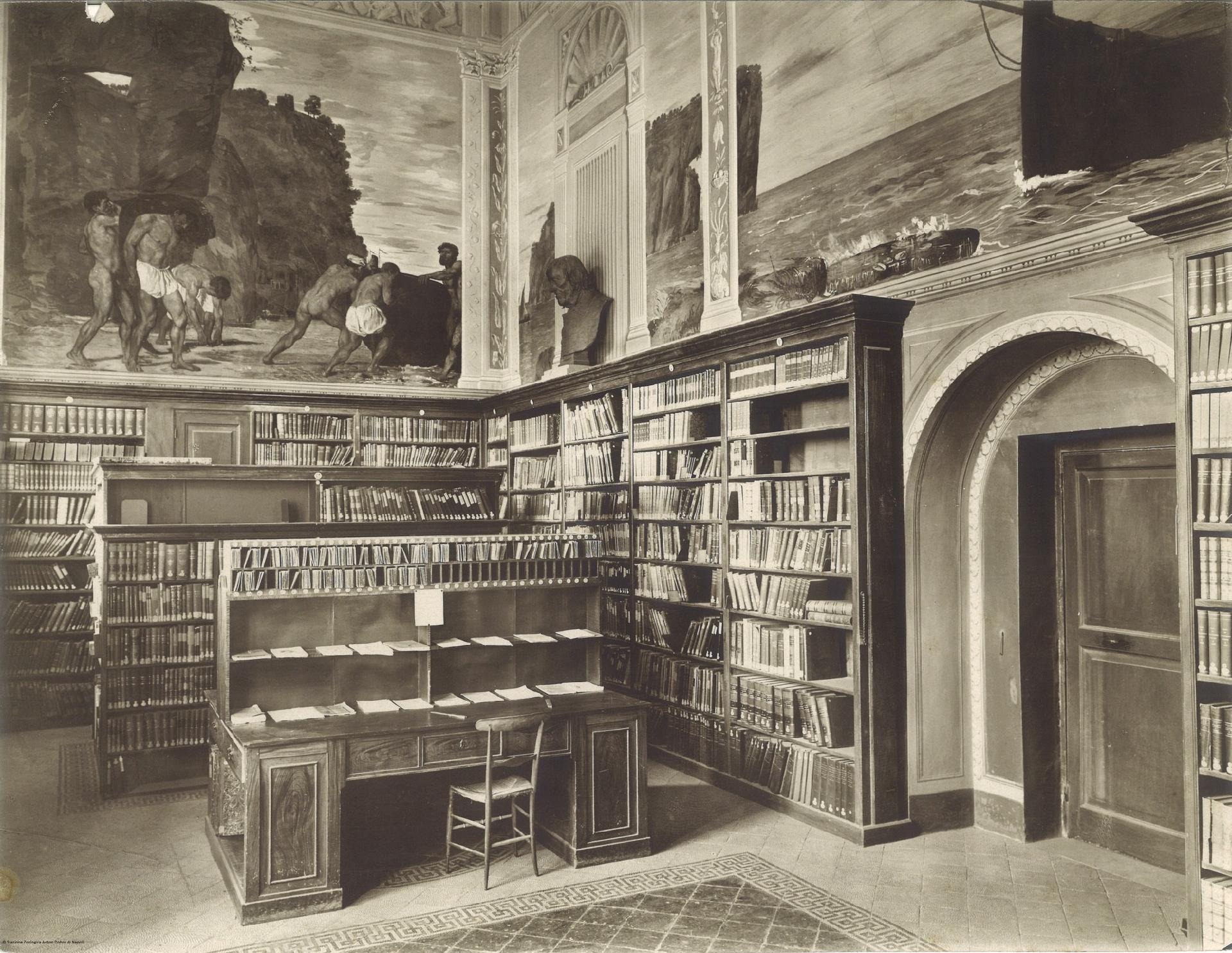
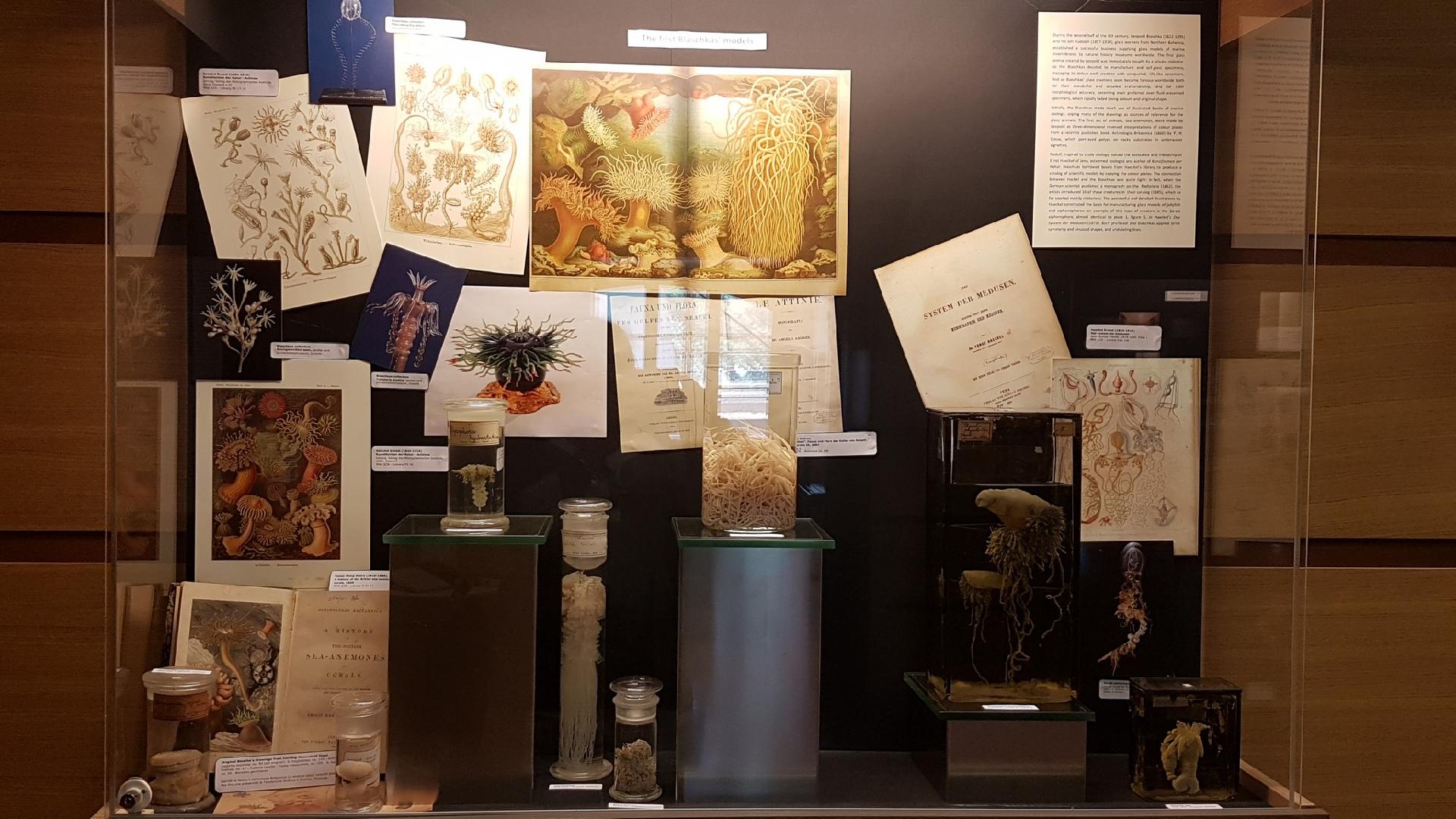
He was assigned as aid to the young August Muller, who was in charge of the department for conservation of marine animals. A German naturalist transplanted to Naples, Dohrn had the dream of creating genuine stations, in the same sense as railway stations, where scientists from all over the world, or scholars from universities or academies, could stop for some time, meet and compare notes with each other, and further their own research, thanks to the creation of "study tables." The aquarium its founder had in mind was intended to be a means for raising funds for the laboratory.
At his own expense he built the zoological station, which opened its doors in 1873, equipped with all the accommodations that could facilitate the researcher's work: marine animals, caught fresh and preserved in alcohol; microscopes and ever up-to-date scientific instruments, thanks to an agreement made with the company Zeiss; a well-stocked library; boats and experienced fishermen; designers like Merculiano and Serino, famous for their precision. The aquarium became an integral part of the city: dressed in their Sunday best, everyone, bourgeois or not, ran to observe creatures seen for the first time ever, that lived right under their sea-they lived right next to them: different yet, as these gentlemen explained, part of one single evolutionary process.
Naples, the most populous city in Europe, ever welcoming to foreign refugees or small businessmen, some of whom eventually stayed there to live. Scientists were attracted by the multiculturalism present everywhere, and by the biodiversity teeming in that sea. After all, Dorhn, a follower of Darwin, had an extraordinarily modern conception of science: freed from academicism and provincialism, and with an eye also toward other arts: music, painting, literature. A happy marriage between art and science. In this climate Salvatore became a marine biologist, one of the most brilliant minds of the Stazione Zoologica, and when Muller died, he had acquired, in the work of conservation, such a skill as to enable him to publish his own scientific works, to the point of obtaining an honorary degree from the Università di Napoli.
His method was internationally renowned and his preparations were even used as models by glass artists, such as the Blaschka, in Dresden, and Deyrolle, in Paris. The records kept in the historical archive testify to shipments carried out to all parts of the world. He also fostered relationships between researchers and the fishermen who transported those men to sea, who helped them to measure, to select the marine creatures that were to become part of the aquarium.
On 8 August 1900, he informed Friedrich Alfred Krupp: "I have been dredging with many naturalists, around the lighthouse, where we took a quantity of Gorgonidae and many brachiopods, [...]. In these last months I have made you an entire box of microscopic preparations. Among other things, there is the development of the Torpedo ocellata and the development of an Ascidia (Ciona intestinalis)." Many Nobel prizes attended the station, and also many scientists, such as the French physiologist Étienne-Jules Marey: his studies on movement would lead to the development of important cinematographic instruments. Dorhn's secretary, Hermann Linden, was the inventor of the Autonaut, a boat that moved with the waves and the wind. In 1885, Raffaele Federico, one of the leading exponents of experimental embryology in Italy, worked there as well.
After Dorhn's death in 1909, the institute, under the direction of his son Reinhard, remained a point of reference for naturalists, biologists, zoologists, chemists, and also for those who found shelter here during the wars from racial persecution and laws. The laboratories welcomed many scientists: the first, in 1876, was Sofia Peresjalawzewa; then, among the many: Bice Ferrari; Ida Hyde, famous for her neurophysiological studies; the American Niette Marie Stevens, who identified the Y-chromosome; the biologist Florence Peebles; Isabella Coifmann Lattes, precursor of rigorous scientific disclosure. Anton Dorhn proved that science can involve an entire city, without setting boundaries, whether geographical or intellectual, in a continuous do ut des that can make diversity into a resource for understanding one's own uniqueness.
Today the center is one of Europe's most important, with a very rich historical archive, a treasurable library and a database made up of 4,373 videos, 18,212 static images, 7,771 labels for the preparations made and preserved since 1910, and the digitized versions of 38 documents relating to taxonomy, ecology, and phylogenetics.
BIBLIOGRAPHIC NOTE
Anton Dohrn, Delle presenti condizioni della zoologia e della fondazione di stazioni zoologiche. 1872 Preztssisclie Jalirbiiclicr (ripubblicato in), in «Boll. Zool. 35: 507-531», 1968
Maria Teresa Iannitto, Guida agli archivi per la storia contemporanea regionale, Napoli, Guida Editore, 1990
Le scienziate e la divulgazione scientifica dal secondo Ottocento agli anni Quaranta del Novecento., a cura di Gabriella Liberati, Napoli, Guida Editori, 2018
La riscoperta di un biologo della Stazione Zoologica Anton Dohrn', a cura di Gennaro Matacena, Napoli, Electa, 1996
Lettere da Capri. Descrizioni, appunti, riflessioni in epistolari originali dal 1826 al 2007, a cura di Dieter Richter, Capri, La Conchiglia, 2012
ARCHIVAL REFERENCES
Stazione Zoologica Anton Dohrn
BY
Maria Procino

 help with your research
help with your research
